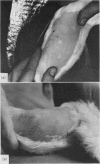Abstract
When lymphocytes from hypersensitive animals are incubated with antigen, biologically active substances are formed which inhibit the migration of mesenchymal cells from normal animals.
These substances were tested by intradermal injection in guinea-pigs and rabbits. The supernatants from incubation of lymphocytes with a high dose of antigen caused immediate pallor which lasted several hours. Later there was a macroscopic inflammation maximal at 24 hours. The histology was characteristic of a delayed hypersensitivity reaction.
The injection of the supernatant from hypersensitive lymphocytes incubated with a small dose of antigen caused little or no pallor and was not followed by a delayed inflammatory reaction. Injection of this supernatant together with the antigen did not potentiate or alter the reaction, in contrast to in vitro experiments where the inhibition of the migration by this supernatant was potentiated by antigen.
Besides this factor a distinct factor occurs in extracts and supernatant fluids of lymphocytes cultivated without antigen and those from control animals, which increases vascular permeability. This substance is probably identical with the lymph node permeability factor (LNPF). The possible role of these biologically active substances in the mechanism of delayed type hypersensitivity is discussed.
Full text
PDF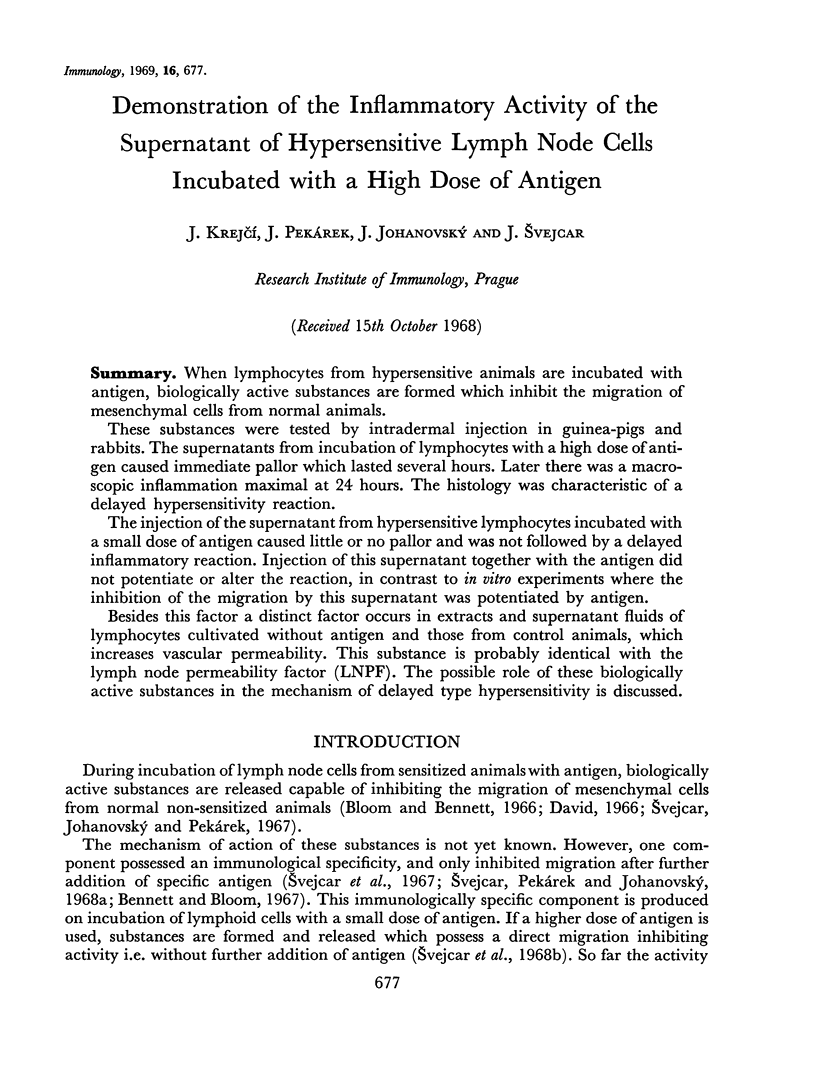
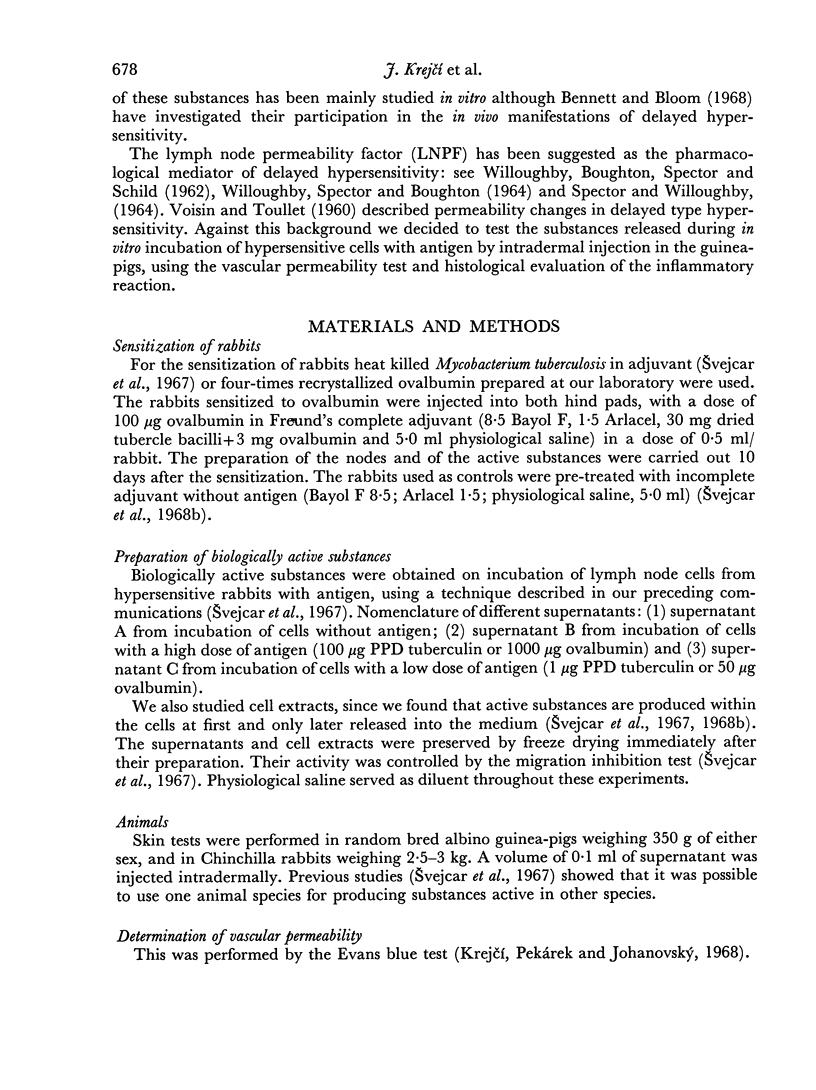
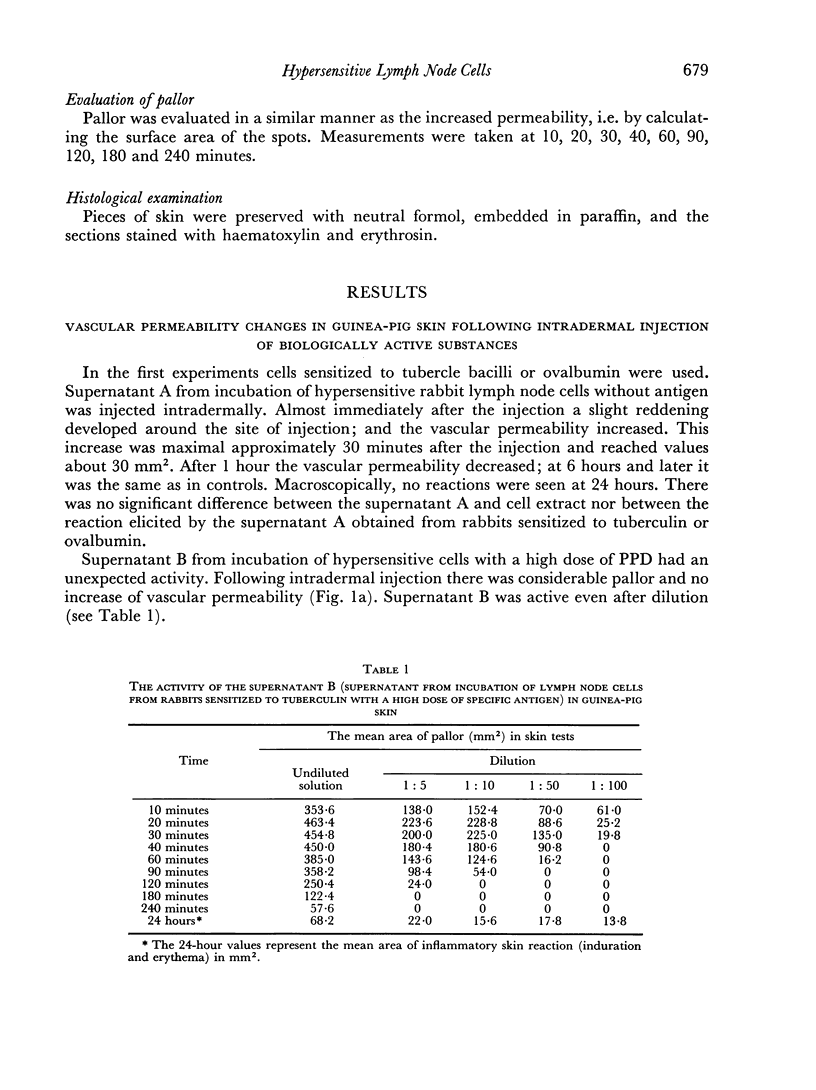
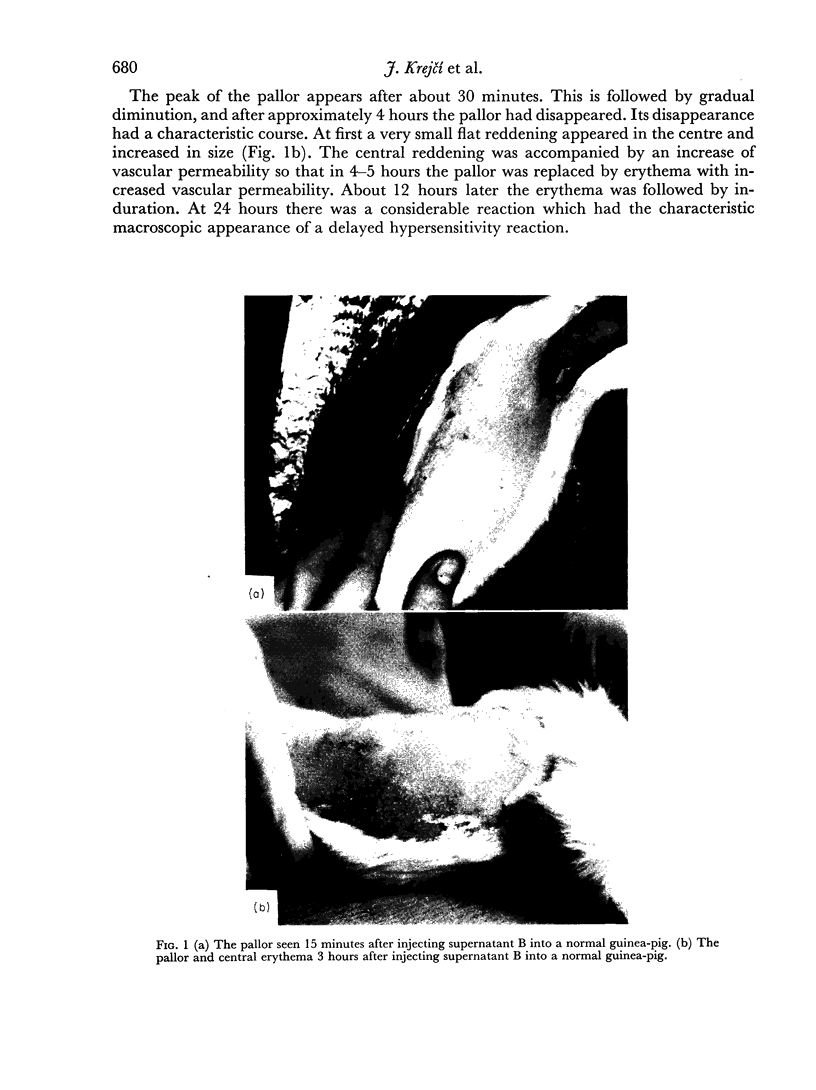
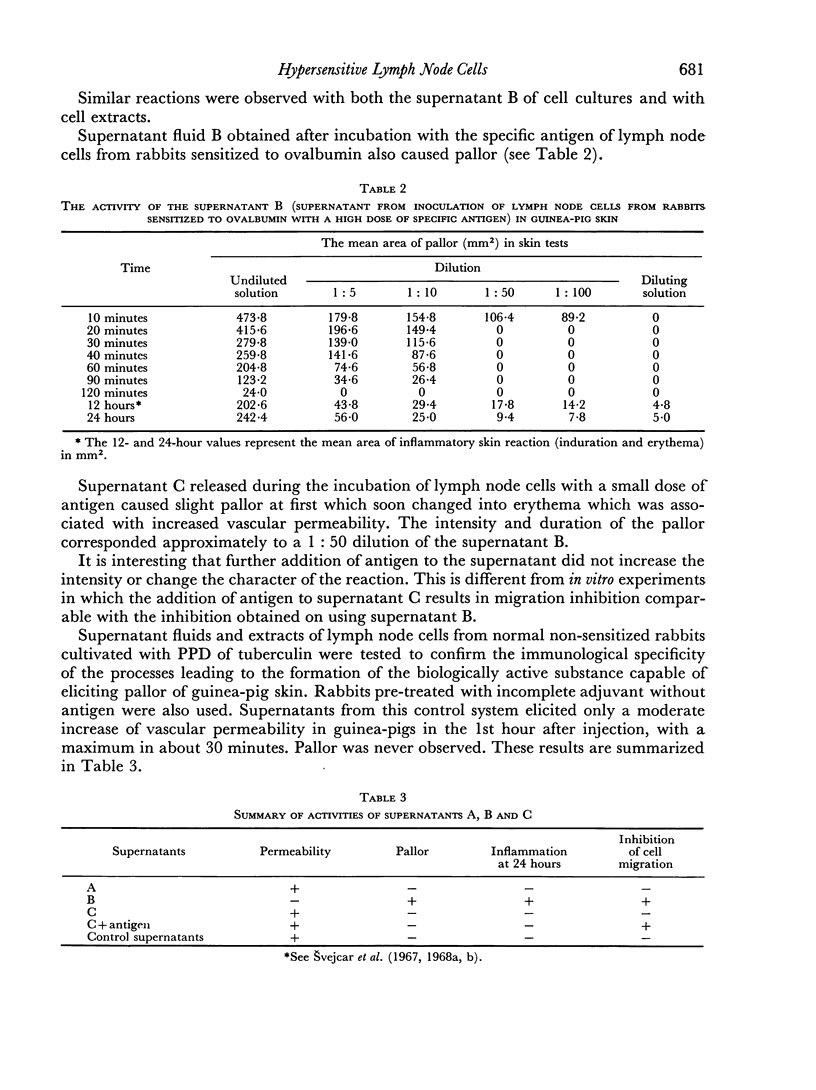
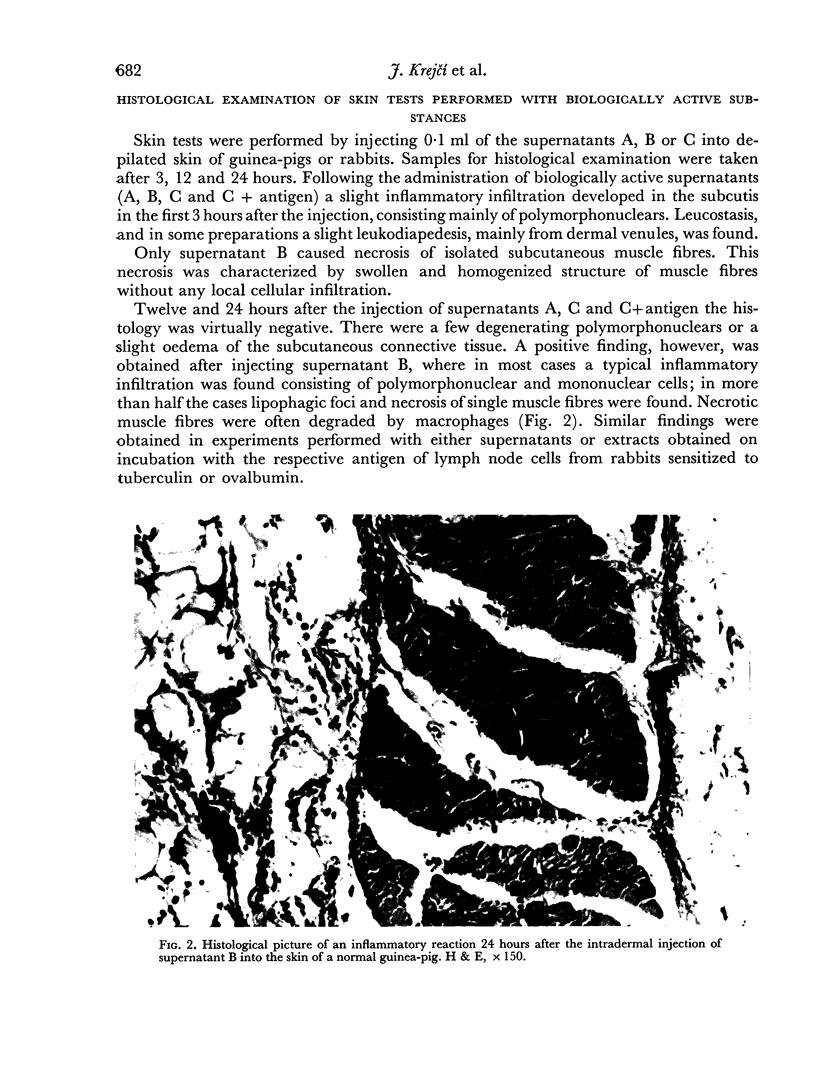
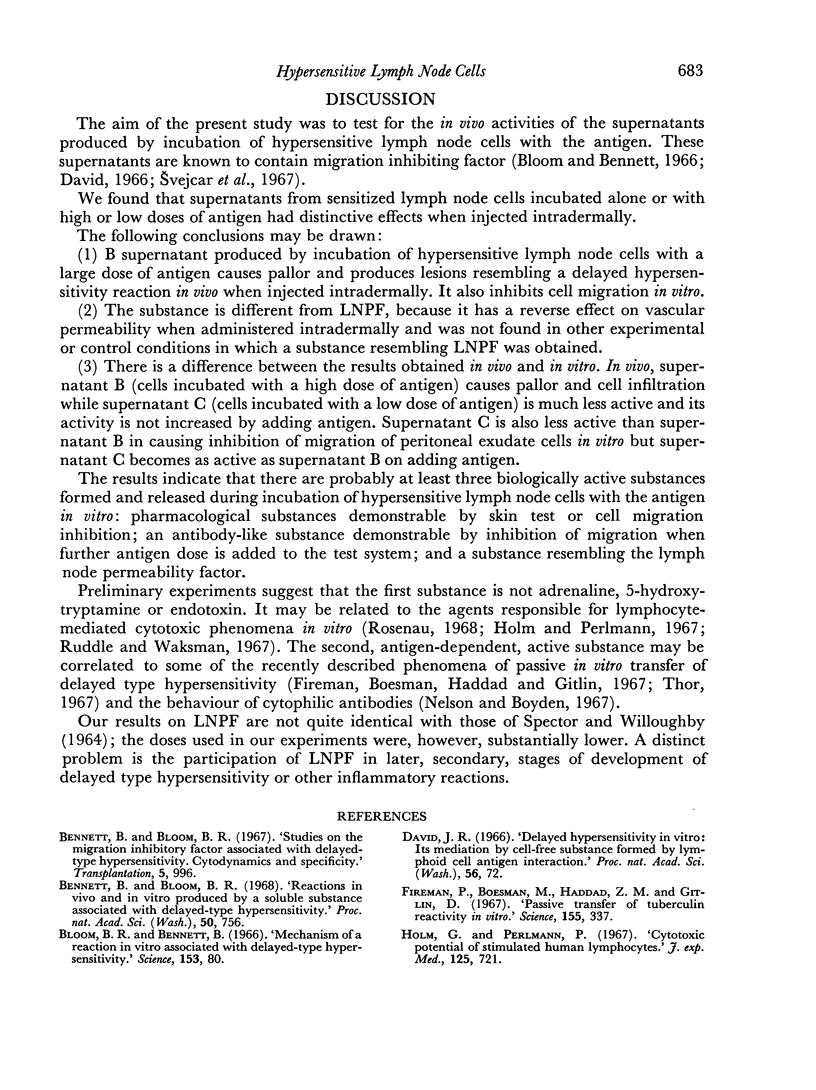
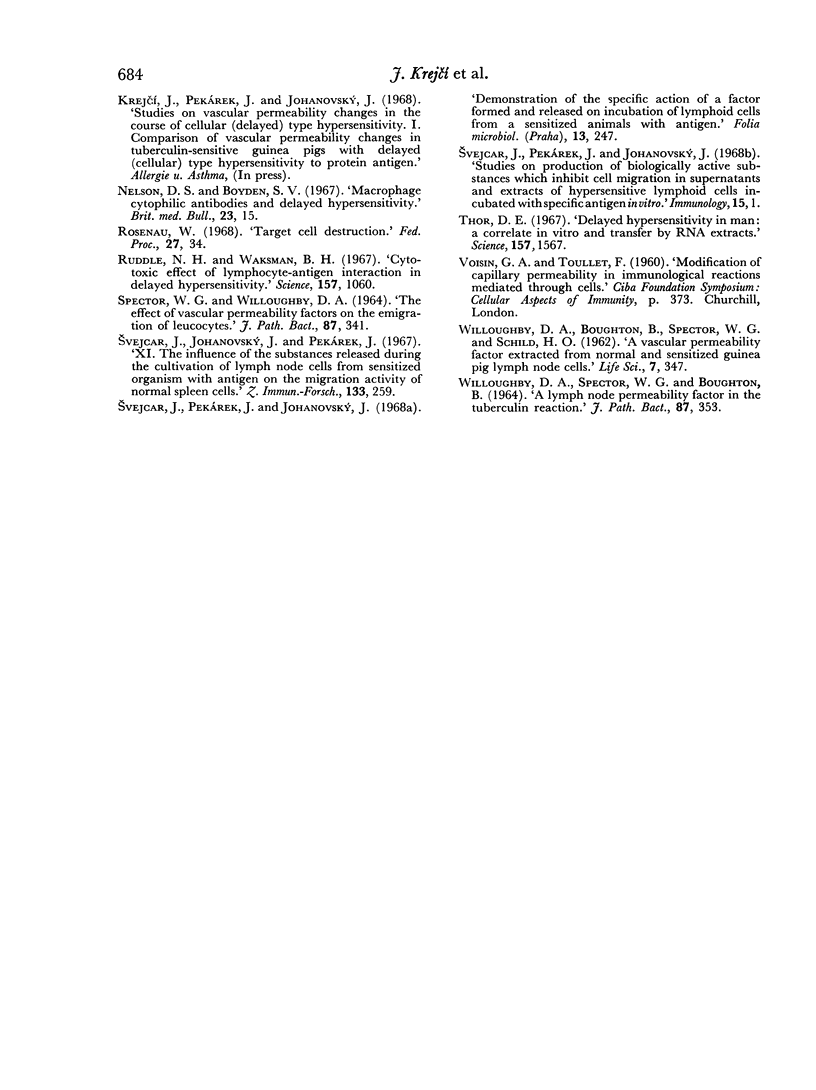
Images in this article
Selected References
These references are in PubMed. This may not be the complete list of references from this article.
- Bennett B., Bloom B. R. Reactions in vivo and in vitro produced by a soluble substance associated with delayed-type hypersensitivity. Proc Natl Acad Sci U S A. 1968 Mar;59(3):756–762. doi: 10.1073/pnas.59.3.756. [DOI] [PMC free article] [PubMed] [Google Scholar]
- Bennett B., Bloom B. R. Studies on the migration inhibitory factor associated with delayed-type hypersensitivity: cytodynamics and specificity. Transplantation. 1967 Jul;5(4 Suppl):996–1000. [PubMed] [Google Scholar]
- Bloom B. R., Bennett B. Mechanism of a reaction in vitro associated with delayed-type hypersensitivity. Science. 1966 Jul 1;153(3731):80–82. doi: 10.1126/science.153.3731.80. [DOI] [PubMed] [Google Scholar]
- David J. R. Delayed hypersensitivity in vitro: its mediation by cell-free substances formed by lymphoid cell-antigen interaction. Proc Natl Acad Sci U S A. 1966 Jul;56(1):72–77. doi: 10.1073/pnas.56.1.72. [DOI] [PMC free article] [PubMed] [Google Scholar]
- Fireman P., Boesman M., Haddad Z. H., Gitlin D. Passive transfer of tuberculin reactivity in vitro. Science. 1967 Jan 20;155(3760):337–338. doi: 10.1126/science.155.3760.337. [DOI] [PubMed] [Google Scholar]
- Holm G., Perlmann P. Cytotoxic potential of stimulated human lymphocytes. J Exp Med. 1967 Apr 1;125(4):721–736. doi: 10.1084/jem.125.4.721. [DOI] [PMC free article] [PubMed] [Google Scholar]
- Nelson D. S., Boyden S. V. Macrophage cytophilic antibodies and delayed hypersensitivity. Br Med Bull. 1967 Jan;23(1):15–20. doi: 10.1093/oxfordjournals.bmb.a070508. [DOI] [PubMed] [Google Scholar]
- Rosenau W. Target cell destruction. Fed Proc. 1968 Jan-Feb;27(1):34–38. [PubMed] [Google Scholar]
- Ruddle N. H., Waksman B. H. Cytotoxic effect of lymphocyte-antigen interaction in delayed hypersensitivity. Science. 1967 Sep 1;157(3792):1060–1062. doi: 10.1126/science.157.3792.1060. [DOI] [PubMed] [Google Scholar]
- SPECTOR W. G., WILLOUGHBY D. A. THE EFFECT OF VASCULAR PERMEABILITY FACTORS ON THE EMIGRATION OF LEUCOCYTES. J Pathol Bacteriol. 1964 Apr;87:341–346. [PubMed] [Google Scholar]
- Thor D. E. Delayed hypersensitivity in man: a correlate in vitro and transfer by an RNA extract. Science. 1967 Sep 29;157(3796):1567–1569. doi: 10.1126/science.157.3796.1567. [DOI] [PubMed] [Google Scholar]
- WILLOUGHBY D. A., BOUGHTON B., SPECTOR W. G., SCHILD H. O. A vascular permeability factor extracted from normal and sensitized guinea-pig lymph node cells. Life Sci. 1962 Jul;1:347–352. doi: 10.1016/0024-3205(62)90131-5. [DOI] [PubMed] [Google Scholar]
- WILLOUGHBY D. A., SPECTOR W. G., BOUGHTON B. A LYMPH-NODE PERMEABILITY FACTOR IN THE TUBERCULIN REACTION. J Pathol Bacteriol. 1964 Apr;87:353–363. doi: 10.1002/path.1700870216. [DOI] [PubMed] [Google Scholar]



